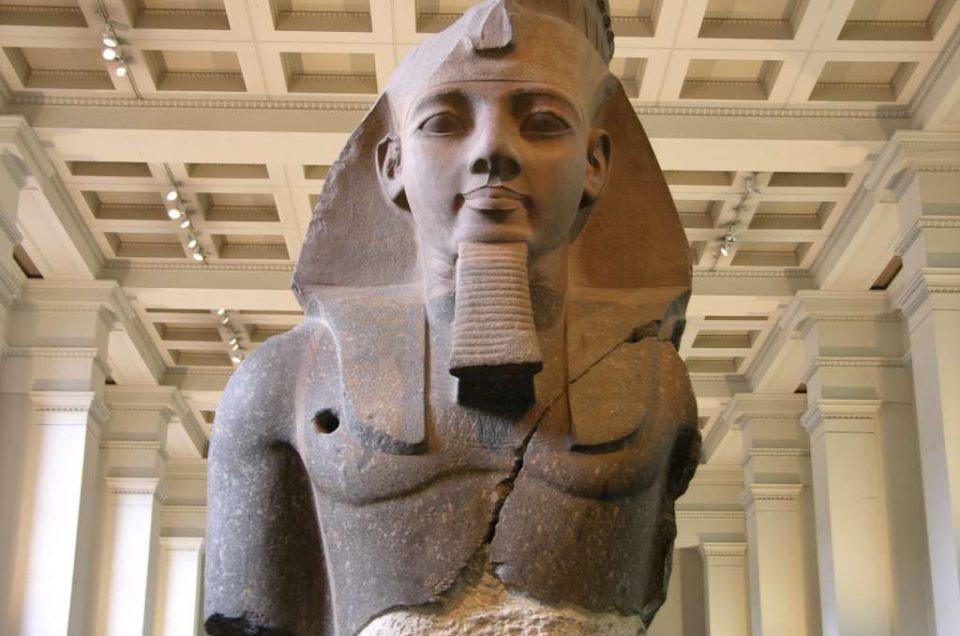A Sarcophagus found in 2009 Finally identified as Ramses II

The sarcophagus of Pharaoh Ramses II (1279-1212 BC) has been finally identified following the re-examination of a sarcophagus found in 2009 in Abydos, Egypt, by archaeologists Ayman Damarani and Kevin Cahail.
he discovery was made thanks to the study of a fragment of this sarcophagus by Frédéric Payraudeau, associate professor in Egyptology at Sorbonne University and researcher at the Centre de recherches égyptologiques de la Sorbonne (Sorbonne University) and the Orient et Méditerranée research laboratory (Sorbonne University/CNRS/Collège de France/Université Panthéon-Sorbonne/EPHE-PSL).
Sorbonne University associate professor Frédéric Payraudeau made the discovery by studying a large fragment of a granite sarcophagus found in 2009 in the floor of a Coptic convent in Abydos, and previously presented by Egyptian and American archaeologists Ayman Damrani and Kevin Cahail. The decoration and texts on this sarcophagus showed that it had been used twice, the second time by a high priest of the 21st dynasty, Menkheperrê (circa 1000 BC). Its first owner, however, remained a mystery, even if the quality of the object showed it to be a very high figure in the Egyptian New Kingdom. By examining the re-engraving of the hieroglyphic texts, Frédéric Payraudeau was able to determine that they contained the cartouche of Ramses II himself.
Until now, we knew that this pharaoh's tomb in the Valley of the Kings (Luxor) had been fully looted and his mummy transferred to a wooden coffin during the 21st dynasty (c. 1069-943 BC). It is now certain that the great king was buried in a gold coffin, now lost, placed in a first alabaster sarcophagus, found destroyed in his tomb, all placed in this large granite sarcophagus, now identified. After the tomb was looted, the 21st Dynasty high priest recovered the sarcophagus for his own use and had it transported to Abydos.
This discovery is further proof that, at this time, the Valley of the Kings was not only subject to looting but also to the reuse of funerary objects by subsequent rulers. Pharaoh Psusannes I, for example, recovered for himself one of the sarcophagi of Ramses II's successor, Merenptah.
